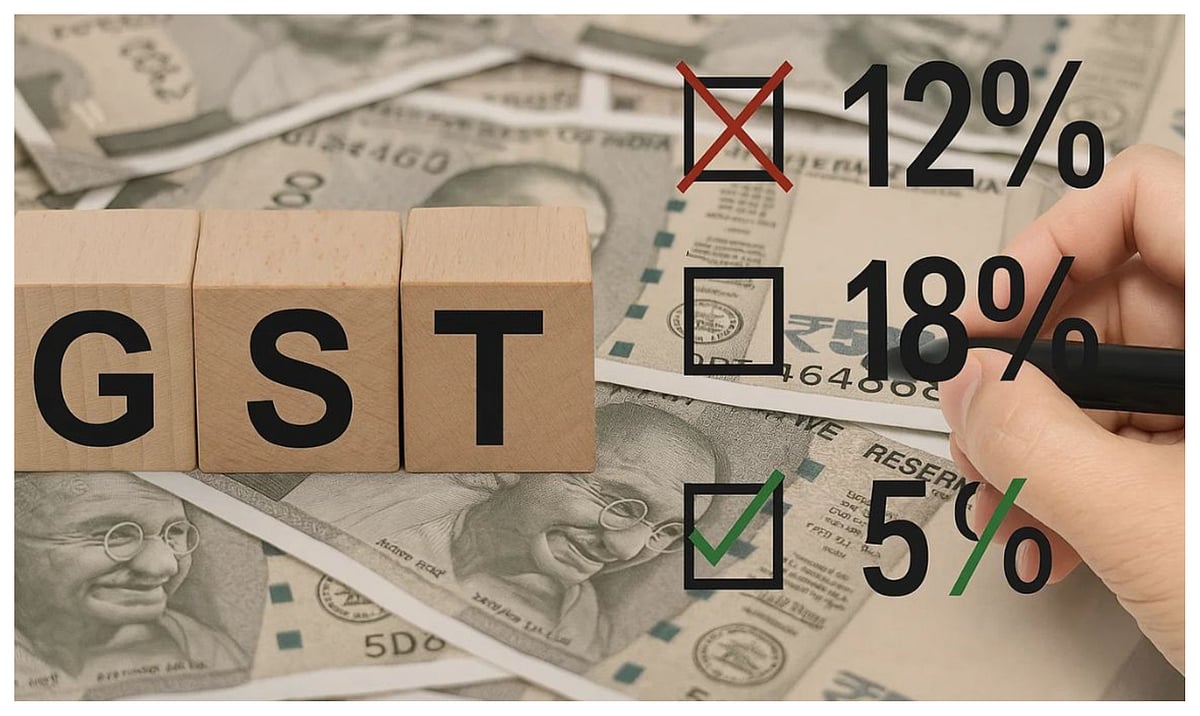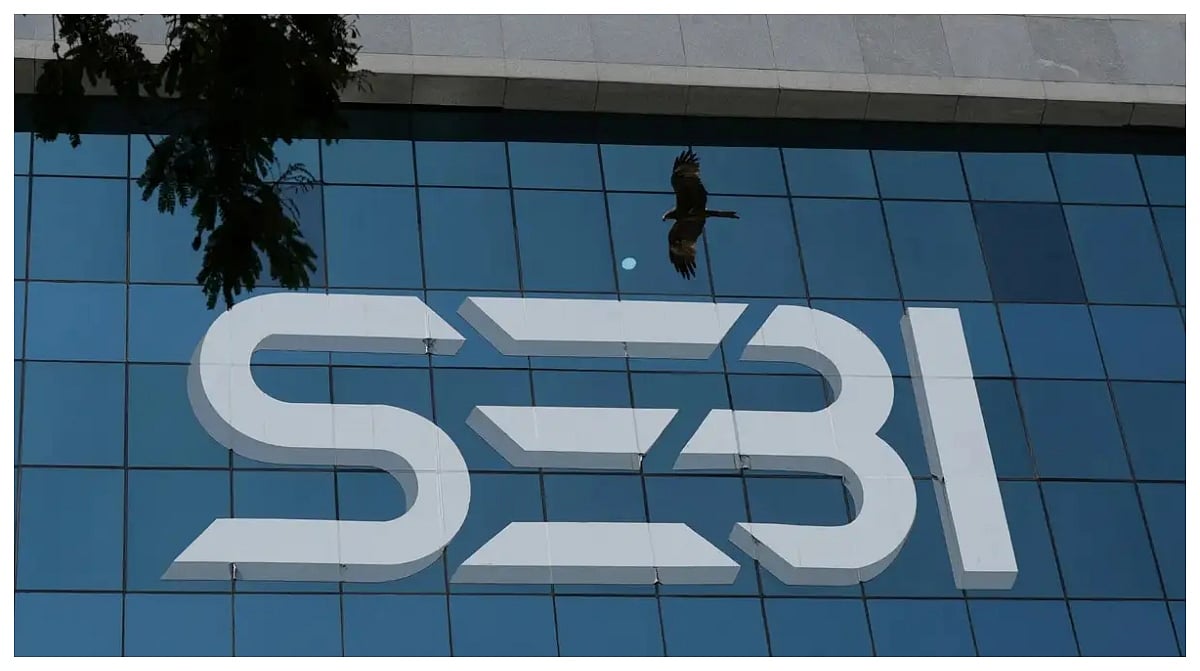New Delhi: The fast-moving consumer goods (FMCG) sector stands at the cusp of a structural reset as the GST Council has rolled out GST 2.0, with the reform simplifying the existing four-tier structure into two slabs – 5 per cent and 18 per cent – with a 40 per cent rate reserved for sin and luxury goods, a report said on Friday.
"For FMCG companies, the reform is set to unlock volume growth, strengthen rural penetration, and enhance profitability—reshaping the sector’s growth trajectory in the years ahead," Axis Securities said on Friday.The new slabs, effective from September 22, with the timing calibrated ahead of the festive season, are expected to spur affordability and lift consumption.

Beyond the rate cuts, GST 2.0 is designed to streamline compliance, reduce litigation, and improve ease of doing business, creating a more transparent and predictable tax regime, the report stated.GST on staples such as milk, paneer, and Indian breads has been cut to nil from 5 per cent.
Packaged foods such as namkeen, bhujia, noodles, biscuits, pastry, chocolates, juices, and personal care items such as toothpaste, shampoos, soaps, hair oil, now attract only 5 per cent GST as compared to the current 12–18 per cent tax slab.
"This is expected to lift consumption across both rural and urban markets, benefitting players from our coverage like Britannia, Nestle, Colgate, HUL and Dabur, as well as non-coverage players like Bikaji, Marico, and Emami," the report highlighted.
GST 2.0 is a landmark pro-consumption reform, with its timing ahead of the festive season poised to bolster consumer sentiment and drive discretionary spending.While near-term fiscal trade-offs for the government exist, the longer-term multiplier effect on consumption, compliance, and capacity expansion makes this reform a structural positive for India’s growth trajectory, the report highlighted.
Disclaimer: This story is from the syndicated feed. Nothing has been changed except the headline.








